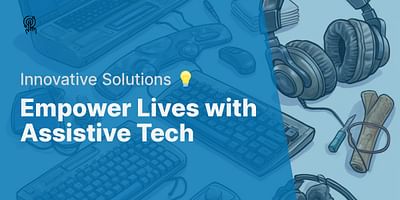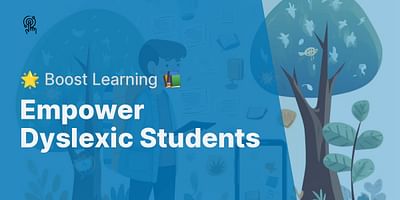Ryan is a seasoned software engineer with a passion for accessibility. With an impressive portfolio of projects focused on rendering technology more user-friendly for individuals with disabilities, he continuously seeks innovative solutions to enhance user interaction. His expertise spans from the development of screen readers and one-handed keyboards to speech-to-text software.
A needs assessment for assistive technology is a process that helps identify the specific requirements and preferences of seniors when it comes to using technology to enhance their daily lives. It involves evaluating their abilities, challenges, and goals to determine the most suitable assistive devices and software for their needs.
As a senior, you may face various challenges that can be addressed with assistive technology. These challenges can include visual impairments, hearing loss, limited mobility, cognitive difficulties, or a combination of these. A needs assessment helps to identify the areas where you may require assistance and find the best solutions to overcome those barriers.
The first step in a needs assessment is to understand your individual requirements. This may involve discussing your daily activities, hobbies, and interests, as well as any specific challenges you face. For example, if you have difficulty reading small text due to visual impairment, a screen reader or magnification software may be recommended.
Next, the assessment may involve evaluating your physical abilities and limitations. If you have limited dexterity or can only use one hand, a one-handed keyboard or adaptive mouse may be suggested to make computer use easier and more comfortable.
The needs assessment also takes into account your familiarity and comfort level with technology. If you are new to using computers or smartphones, the assessment can help identify user-friendly devices and software that are easy to learn and navigate.
Additionally, the assessment considers your personal preferences and goals. For example, if you enjoy reading books, a speech-to-text software or an e-reader with adjustable font sizes may be recommended. If you want to stay connected with family and friends, accessible mobile apps for video calls or social media can be suggested.
By conducting a needs assessment, you can ensure that the assistive technology you choose is tailored to your specific requirements. This personalized approach increases the likelihood of finding the right tools that will empower you to live a more independent and fulfilling life.
It's important to note that a needs assessment is not a one-time process. As your needs and abilities may change over time, regular reassessments can help ensure that your assistive technology continues to meet your evolving requirements.
To benefit from a needs assessment for assistive technology, reach out to professionals who specialize in assistive technology or accessibility. They can guide you through the assessment process, recommend suitable devices and software, and provide training and support to help you make the most of your assistive technology.
Remember, assistive technology is designed to enhance your abilities and improve your quality of life. By undergoing a needs assessment, you can discover the best assistive technology solutions that will enable you to stay connected, engage in activities you enjoy, and navigate the digital world with ease.












